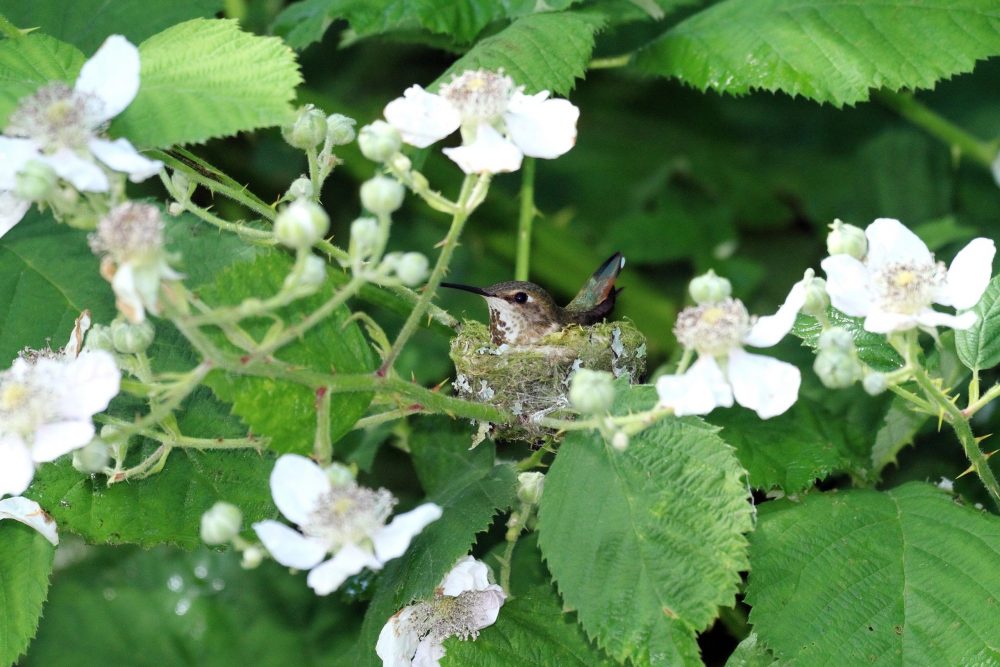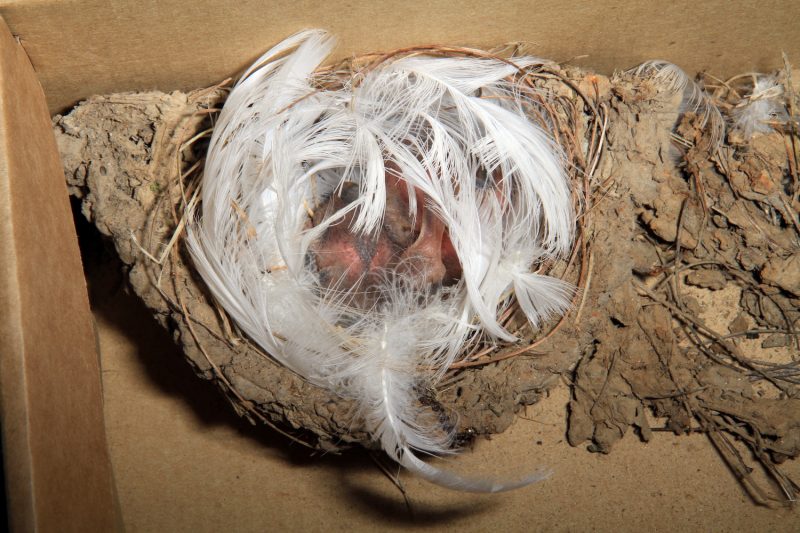Support Us
Since 1979 more than 140,000 animals have been treated by Wildlife Rescue.
Thanks to the support of individuals like you, Wildlife Rescue can provide a lifeline for animals in distress.
Every year from around mid-March to late August, the lower mainland is filled with birds finding habitats, constructing nests, and nesting. For birds, their mating season is extremely important – after all, this is the period in which they lay eggs and watch their kids grow up!
To find a suitable spot for their chicks, birds will search everywhere for the safest place – but their most common habitat for nests is trees. Branches and twigs are used as camouflage to protect nests from predators, with the outside often decorated with mosses, lichens, and tree bark. As well, trees also provide support to prevent nests from being blown away by strong winds – many birds (such as black-capped chickadees) will find or make a nesting cavity to keep their young safe.
The Gray Jay, Canada’s national bird, commonly uses trees to create their nests. These nests can be hard to find – usually only three inches across and around four to six inches high. Similarly, Anna’s Hummingbirds rely on their small nests being hidden to the eyes of predators – hiding their young in sycamore, oak, or eucalyptus trees. In fact, their nests are only about one inch tall and one and a half inches wide.

A Hummingbird in its nest, well hidden in some blackberry bushes
Make sure to have a cautious eye or just avoid trimming hedges during Spring. Many species build their nests in bushes, so it is important that we make sure they are not disturbed and that their nests are not harmed. Tree cutting can also be devastating to birds and other animals. Whether it is for building supplies, nest location, or just a place to perch, birds rely on trees during Spring, and cutting a tree down can harm both the parents and their newborns.
Finding nests before doing yard work is a great way to prevent disturbing birds! Here are some tips and tricks.

Nestling Barn Swallows in a fallen nest
If you find a nest with eggs or nestlings that have fallen, make sure to determine that the nest actually fell – many birds nest on the ground. If the nestlings are located in a hole that could have been dug by their parents and they are hidden and protected, then it is likely they are simply just ground-nesting birds!
Of course, we should give the mother a chance to find her babies! By leaving the eggs in a small container (such as a shoebox) and hanging your “nest” from the tree from which they fell, we can give the mother a chance to reconnect with her young.
If it does not look like the mother is coming back, create a fake nest using a box (such as a shoebox) and line it with soft and insulating materials such as small blankets. Please contact our Support Centre for assistance.